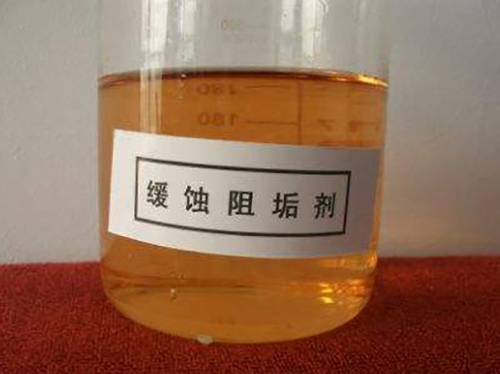polyaluminum chloride coagulant
Polyaluminum Chloride Coagulant An Overview
Polyaluminum chloride (PAC) is a widely used coagulant in water treatment processes, playing a vital role in purifying water for drinking, wastewater treatment, and industrial applications. As an inorganic polymer, PAC serves as an effective agent for removing impurities, suspended solids, and organic matter from water, contributing significantly to enhanced water clarity and quality.
The coagulation process involves the destabilization of colloidal particles, allowing them to clump together and form larger aggregates called flocs. These flocs are then easily removed from the water through subsequent processes such as sedimentation and filtration. PAC is favored over traditional coagulants like aluminum sulfate due to its superior performance, lower dosage requirements, and reduced sludge production.
Polyaluminum Chloride Coagulant An Overview
PAC’s chemical composition primarily consists of aluminum, chlorides, and hydroxyl groups. Its polymeric structure enhances its ability to interact with suspended particles, increasing its coagulant efficiency. The positively charged aluminum ions attract negatively charged colloidal particles, facilitating the aggregation process. Depending on the specific formulation and concentration, PAC can contain varying numbers of aluminum atoms, providing flexibility in application based on the treatment needs.
polyaluminum chloride coagulant

In addition to its effectiveness in coagulation, PAC also contributes to the reduction of harmful substances in water. It can assist in removing toxic heavy metals, phosphates, and organic pollutants, thereby improving water quality and safety. This makes PAC a valuable component in efforts to comply with environmental regulations and ensure cleaner, safer water for communities.
The application of PAC is not limited to drinking water treatment. It is increasingly being used in wastewater treatment plants to streamline the clarification process and enhance the quality of treated effluent. Moreover, in industrial settings, PAC aids in the treatment of process waters and helps address challenges posed by specific contaminants.
Despite its benefits, the use of PAC requires careful monitoring of dosing and water chemistry to optimize performance and minimize the production of residual aluminum in treated water. Overdosing can lead to increased sludge production and potential water quality issues, necessitating comprehensive training for personnel involved in treatment operations.
In conclusion, polyaluminum chloride is a crucial coagulant in modern water treatment. Its efficiency, adaptability, and effectiveness in reducing contaminants highlight its importance in striving for clean and safe water across various applications. As water treatment technologies continue to evolve, PAC is likely to remain a preferred choice, ensuring sustainable practices in water purification.
-
Understanding Polycarboxylic Acids: Properties, Applications, and Future PotentialNewsJul.28,2025
-
Scale Inhibitor Explained: How to Protect Your System from Limescale and Hard Water DamageNewsJul.28,2025
-
Scale and Corrosion Inhibitors: Essential Chemicals for Industrial Water System ProtectionNewsJul.28,2025
-
Polyaspartic Acid: A Biodegradable Polymer for Sustainable ChemistryNewsJul.28,2025
-
Isothiazolinones: A Versatile Antimicrobial Class with Industrial Power and Regulatory ChallengesNewsJul.28,2025
-
A Deep Dive into 2-Phosphonobutane-1,2,4-Tricarboxylic Acid (PBTC)NewsJul.28,2025





